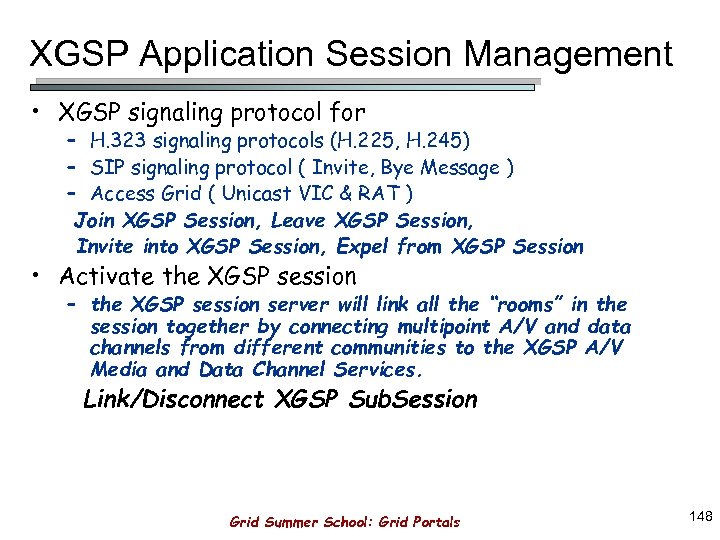

Allowing users to trigger the task manually (on demand).The Settings tab is where you further customize how the task behaves. Once you’ve configured the task the way you like, select OK to commit those changes. Only running the task if the computer is connected to a specific network.Forcing the computer to wake to run the task.Only launching the task if the computer is plugged in (not running on battery power).Stopping the task if the computer is no longer idle.Only running the task if the computer has been idle for a certain period of time.The Conditions tab is where you can customize conditions around the task. You can specify what folder to use when launched (useful if there are INI or log files in that directory that the program needs to access). You can optionally add extra arguments to the end of the launch command. Once selected, you’ll see the path in the Program/script field. You’ll need to browse your computer to the executable or batch file that you want to launch. Select the Browse button to choose the app you want to launch when the task is triggered. You can create multiple actions for every task if you like. The Actions tab is where you can configure what happens when the task is triggered. It’s also possible to delay a task, repeat it regularly after triggering, stop the task if it takes too long to run, and set the task to expire (and not trigger anymore) after a specific day and time. You can trigger your task to run daily, weekly, or monthly. The most common selection here is On a schedule.

On workstation unlock: Whenever you unlock your computer.On workstation lock: Whenever your system locks.On disconnect from user session: Logging out of an account session.On connection to user session: Logging into an account session.At task creation/modification: Whenever you create or modify a task.At log on: Whenever you log onto your computer.On a schedule: At a regular time interval.You can create multiple triggers for every task if you like. The Triggers tab is where you can configure when the task is going to launch. You can also configure the task to run only when you’re logged onto the computer or whether you’re logged in or not. The General tab is where you’ll name the task and give it a description. This will open the Create Task window, where you can configure everything you need to around the automated task. Whenever you want to create new automation in the Task Scheduler, select Create Task from the right Actions panel. Select your new folder to add a new task. Name the folder something like “MyTasks” and select OK to finish. To do this, right-click Task Scheduler Library in the left pane and select New Folder. Once the Task Scheduler opens, it’s a good idea to create your own tasks folder to keep all your custom tasks organized. Launch the Task Scheduler by selecting Start, typing “task scheduler,” and selecting the Task Scheduler app. Let’s take a quick look at setting up tasks in Task Scheduler.
#Use task scheduler to make a backup of a file and rename it how to#
How to Set Up a Task Scheduler Automationīefore you can set up any automation with the Task Scheduler, you’ll need to know how it works.

In this article, we’ll highlight a few fun examples of automating things you currently do manually, like shutting down your computer, sending emails, running reports every day or week, and more.


 0 kommentar(er)
0 kommentar(er)
